The theory of evolution has always sparked curiosity and debate, but when you start noticing the little similarities between humans and monkeys, it becomes harder to deny our shared ancestry. From physical traits to behavioral quirks, the evidence of our evolutionary connection is everywhere. While we’ve come a long way from swinging in trees, some things about us are still very primate.
1. Emotional Bonds

Monkeys form deep emotional connections with their group members, as humans do with friends and family. They grieve losses, show empathy, and even demonstrate altruistic behavior—familiar traits. These bonds are essential for survival, fostering cooperation and mutual protection. The capacity to love and care isn’t unique to humans; it’s a thread that ties us to our evolutionary roots.
2. Opposable Thumbs
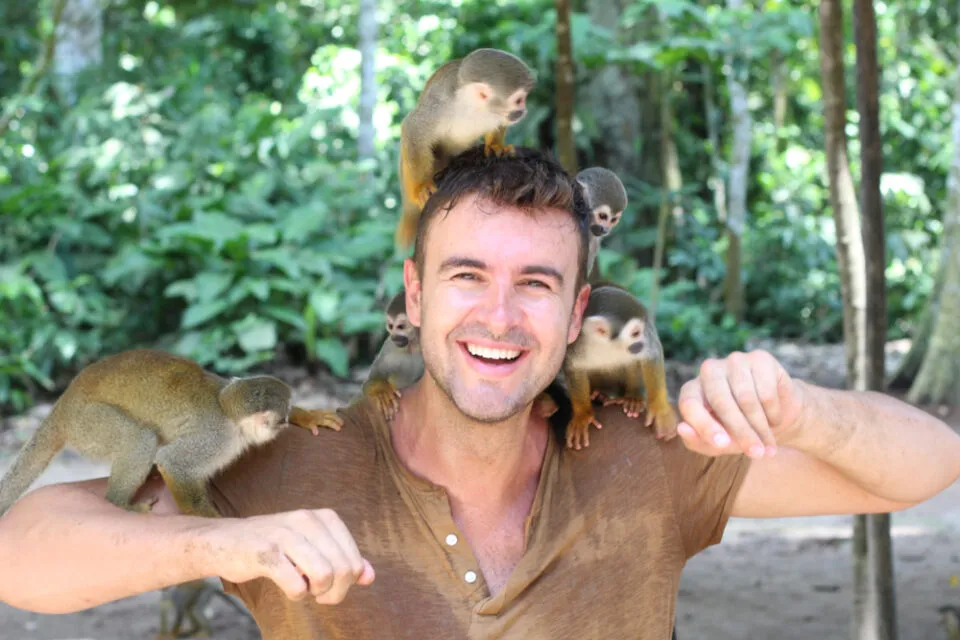
Our opposable thumbs are one of the clearest links to our primate ancestors. Like monkeys, we use our thumbs to grip, manipulate tools, and perform intricate tasks that other animals simply can’t manage. This ability has been a game-changer in human evolution, giving us the dexterity to create everything from fire to smartphones. Without opposable thumbs, we’d still be fumbling through life like rookies on nature’s big stage.
3. Facial Expressions
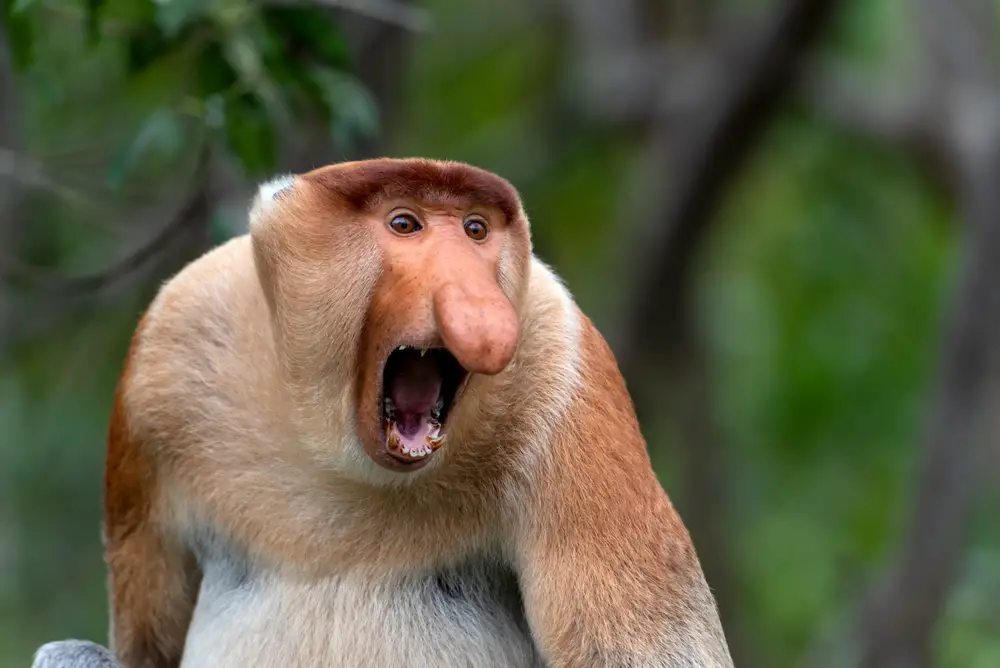
Humans and monkeys share a remarkable range of facial expressions, from smiles and frowns to wide-eyed looks of surprise. These expressions are more than just coincidence—they’re rooted in our shared social behaviors and emotional responses. Like monkeys, we use our faces to communicate complex emotions without words, building connections and maintaining group dynamics. Ever notice how a chimpanzee’s grin can feel eerily familiar?
4. Tool Use
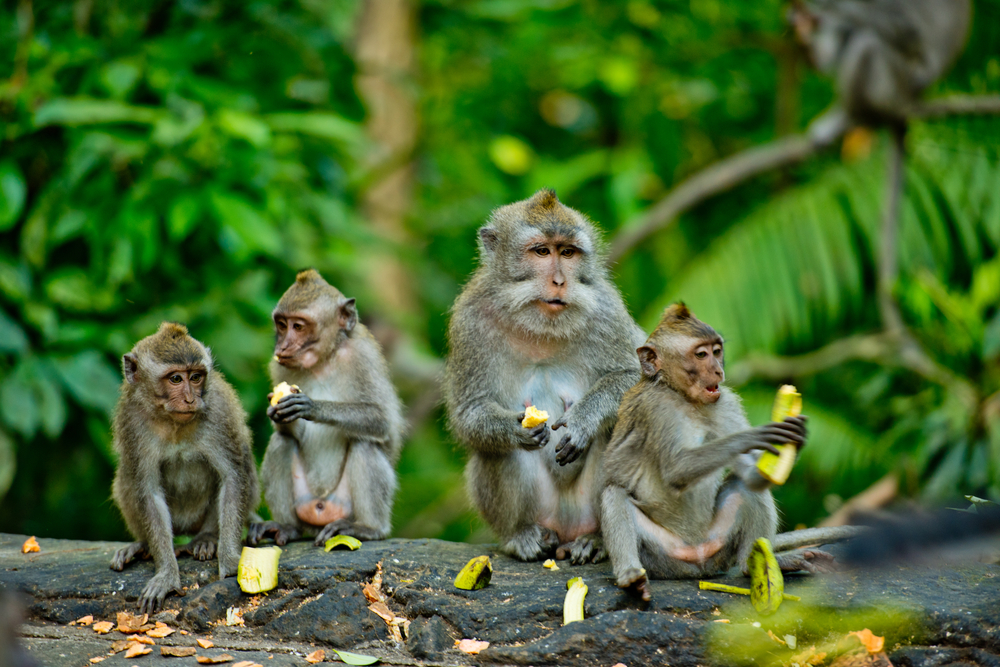
Using tools isn’t just a human thing—monkeys have been doing it for thousands of years. Chimps crack nuts with rocks, capuchins use sticks to fish for insects, and we humans? We just took it to the next level with hammers and smartphones. This ability to adapt our environment with tools is one of the strongest signs of our shared intelligence. It’s proof that innovation runs in the family.
5. Social Hierarchies
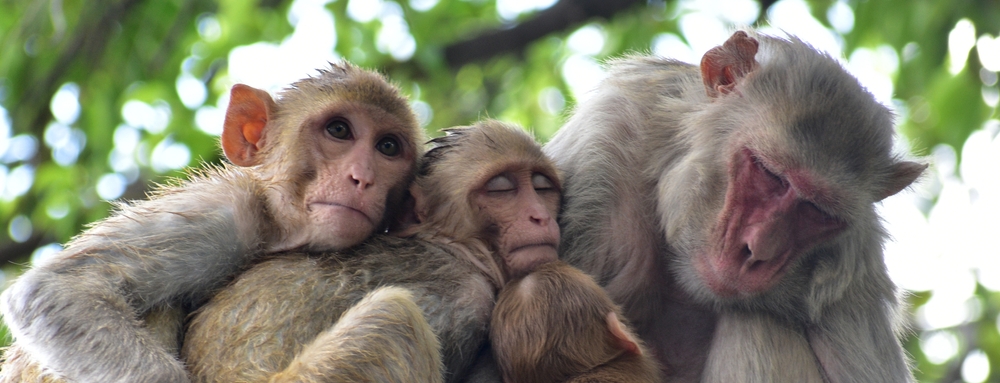
Monkeys live in tightly knit social groups with defined hierarchies, and guess what? So do we. From workplace dynamics to social cliques, humans are constantly navigating structures of power and influence. Like primates, our survival once depended on understanding these hierarchies to thrive within our communities. Even today, our behavior echoes these ancient patterns of dominance and cooperation.
6. Grooming Behavior
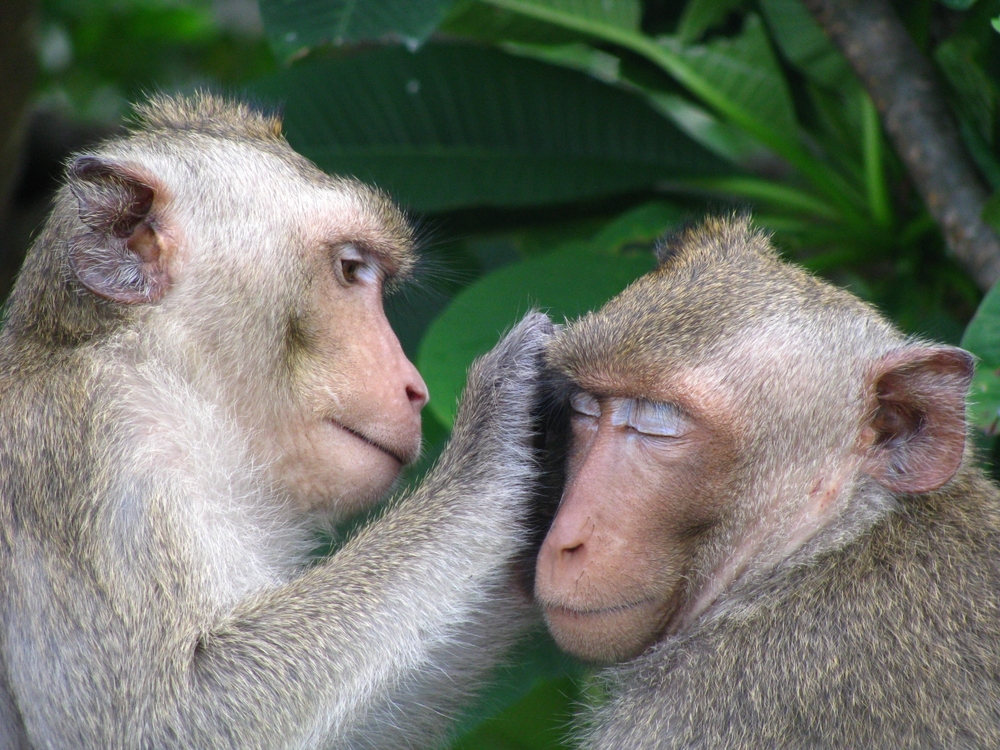
Monkeys groom each other to strengthen social bonds, and humans haven’t entirely outgrown this habit. While we may not pick bugs out of each other’s hair, we still show affection through physical touch like hugs, handshakes, and even doing each other’s hair. Grooming is as much about trust and connection as it is about hygiene. It’s a primal ritual that transcends species.
7. Curious Minds
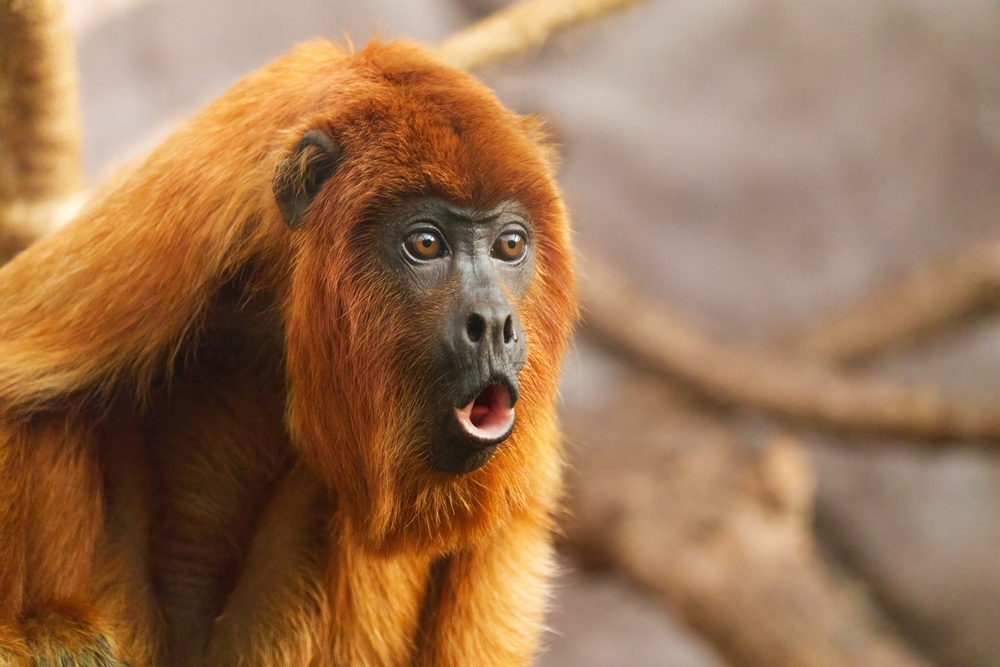
Monkeys are naturally curious, exploring their environment and experimenting with new things—and humans are no different. Our insatiable desire to learn, build, and discover is a direct link to our evolutionary past. Like primates, we use trial and error to solve problems, whether it’s figuring out a new recipe or inventing groundbreaking technology. Curiosity isn’t just a trait—it’s our survival mechanism.
8. Hand Dexterity
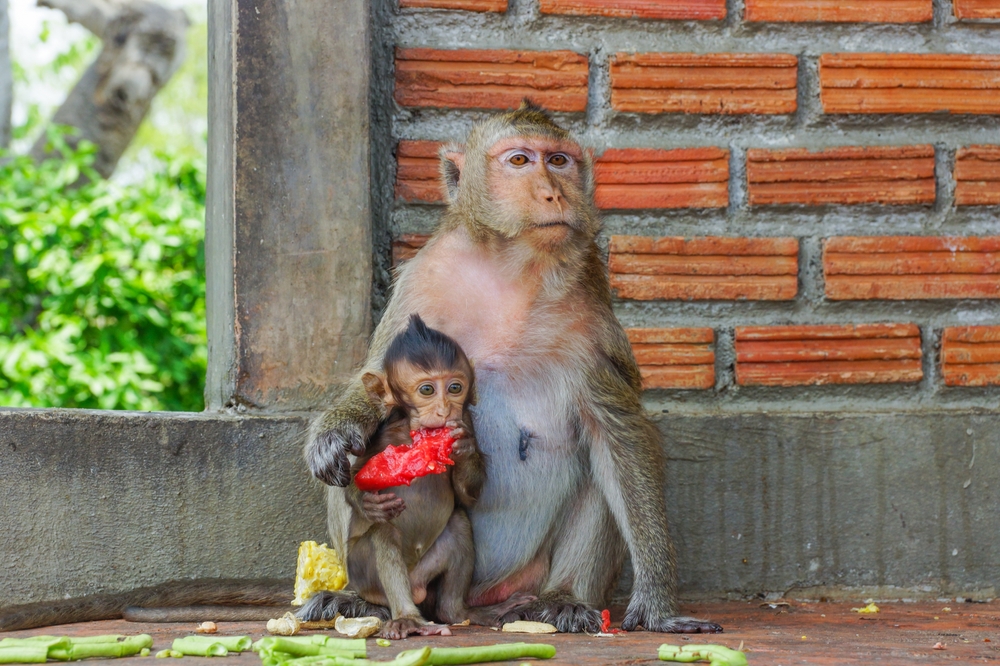
The ability to precisely manipulate objects is a hallmark of human and monkey hands. From peeling bananas to typing on keyboards, our fine motor skills are uncannily similar to those of our primate cousins. These nimble fingers have allowed us to shape the world around us in ways no other species can. It’s another reminder that evolution built our success one grip at a time.
9. Vocal Communication
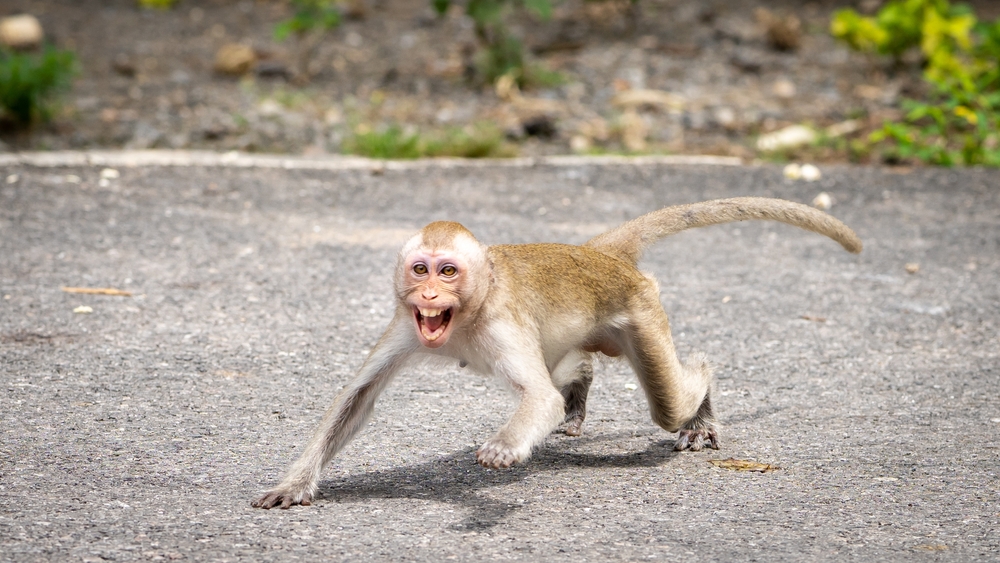
Monkeys communicate with a variety of sounds, from warning calls to mating cries, and humans have taken this ability to unparalleled heights. Our complex languages may seem worlds apart, but the roots of verbal communication are clear in our shared primate ancestry. Like monkeys, we use vocalizations to warn, connect, and express our needs. Talking might make us unique, but the instinct to vocalize isn’t new.
10. Playful Behavior
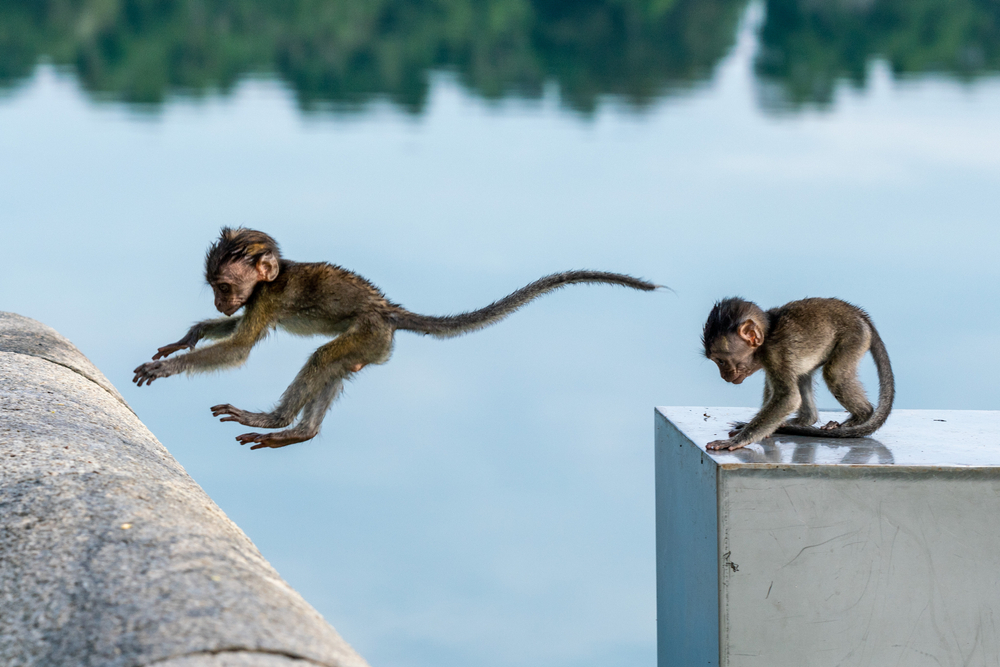
Monkeys love to play, and so do humans—watch any child on a playground or adult at a game night. Play isn’t just for fun; it’s a way to learn, bond, and practice vital survival skills. Both humans and primates use play to develop social connections and physical coordination. The joy of playing is proof that some things never go out of style.
11. Eye Contact
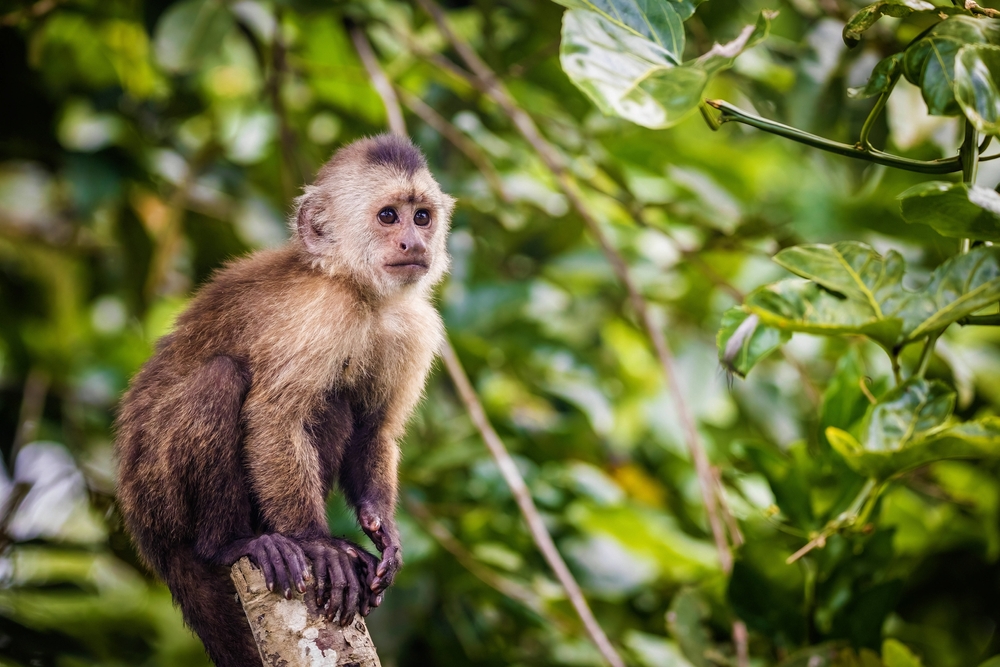
Monkeys and humans both rely heavily on eye contact for communication and connection. A single glance can convey trust, fear, or even dominance, making it a powerful tool in social interactions. This mutual reliance on visual cues highlights our shared need for nonverbal communication. It’s one more way our behaviors mirror those of our primate cousins.
12. Problem-Solving Skills
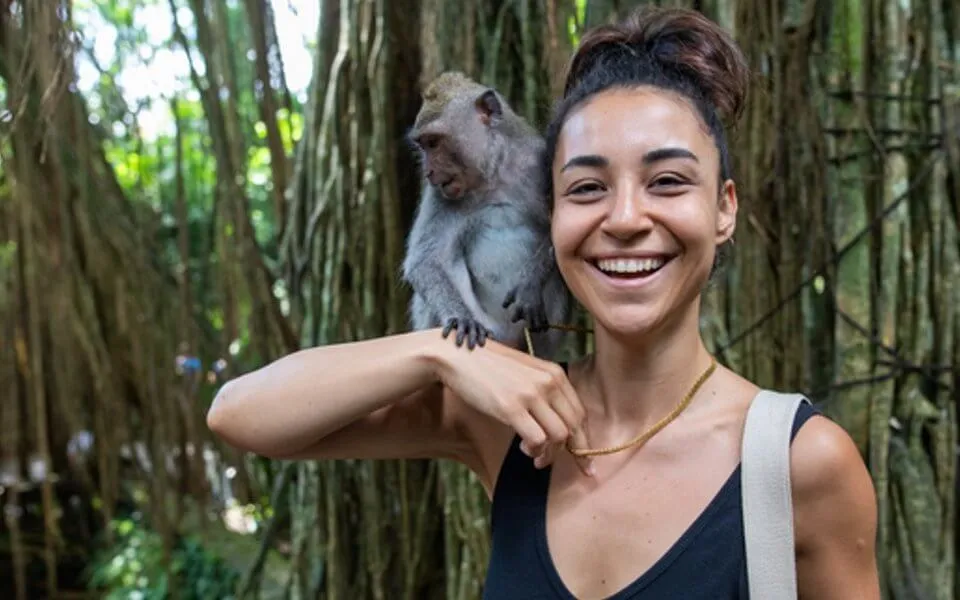
Both humans and monkeys excel at solving problems, whether it’s finding food or navigating complex social situations. Monkeys have been observed using clever strategies to outwit predators or secure resources. Humans, of course, have taken this skill to new heights with innovation and technology. The ability to think critically and adapt is a hallmark of our shared evolutionary past.
13. Parenting Styles
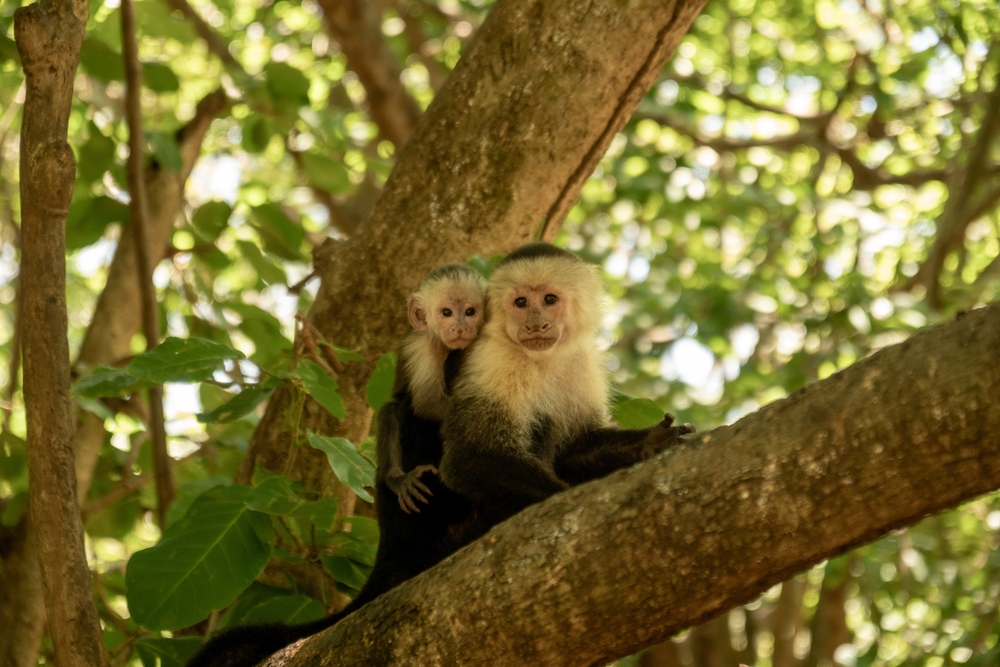
Monkeys are attentive parents, teaching their young survival skills and protecting them from danger—sound familiar? Like us, they invest significant time and energy into raising their offspring, often forming strong, lifelong bonds. Human parenting may involve fewer vines and more carpooling, but the core instincts remain the same. The care and nurture we see in primates reflect the roots of our own family structures.
14. Memory and Learning
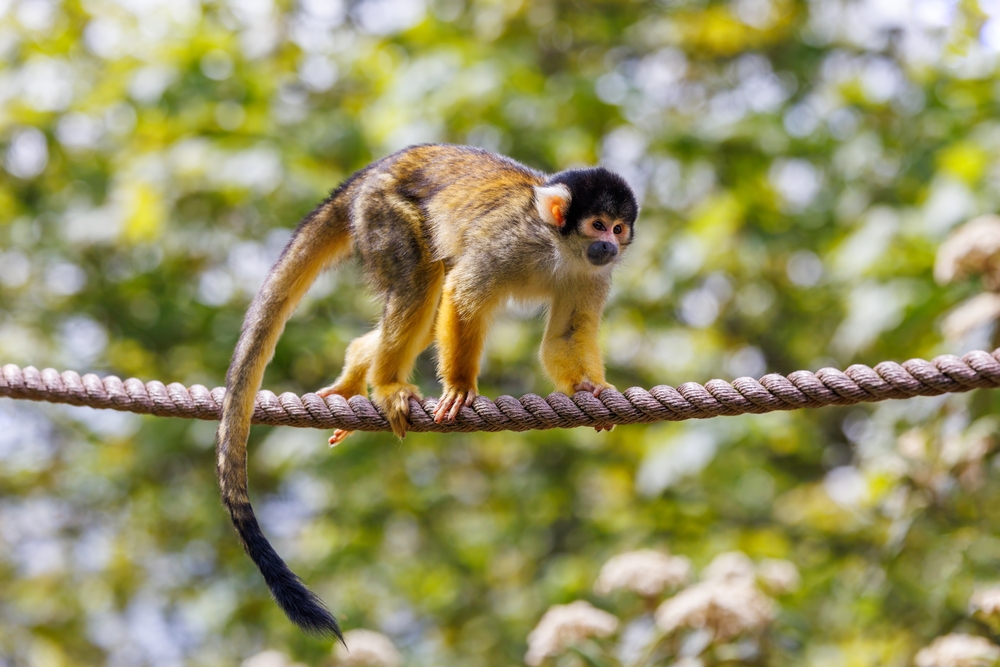
Monkeys have incredible memories, capable of recalling routes, faces, and even specific events. Humans share this trait, with our ability to learn from experience and remember past interactions playing a critical role in survival. Like monkeys, we rely on memory to navigate our environments and build social relationships. This cognitive overlap is a clear sign of our shared heritage.
15. Territorial Instincts
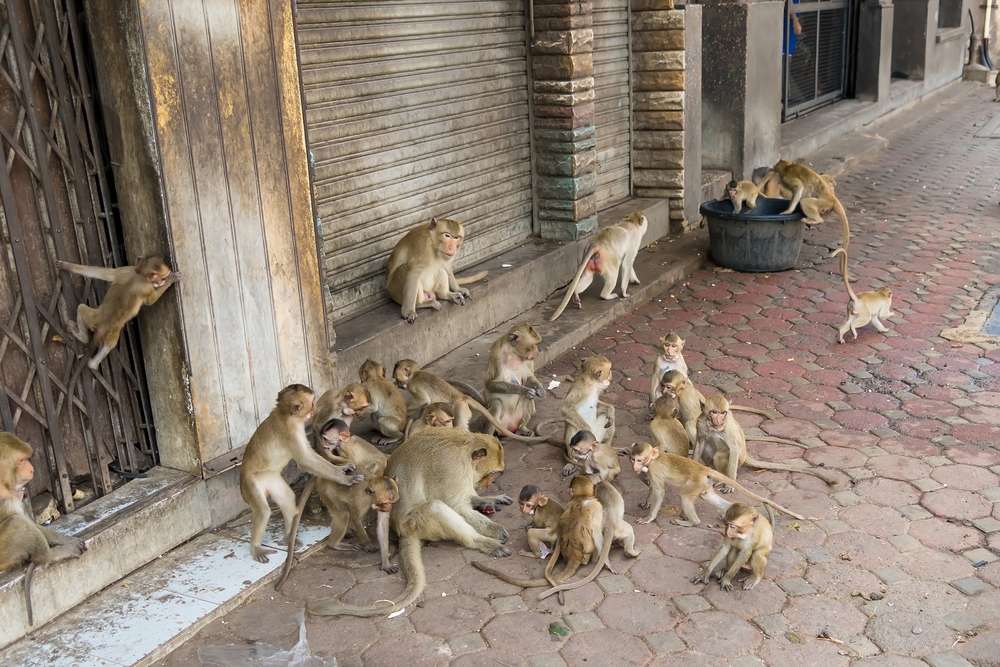
Both monkeys and humans are fiercely protective of their territory, whether it’s a patch of jungle or a fenced backyard. This instinct stems from the need to defend resources, mates, and offspring from rivals. While our territories may now include homes and offices, the primal urge to stake a claim remains strong. It’s a behavior deeply rooted in our shared evolutionary history.
